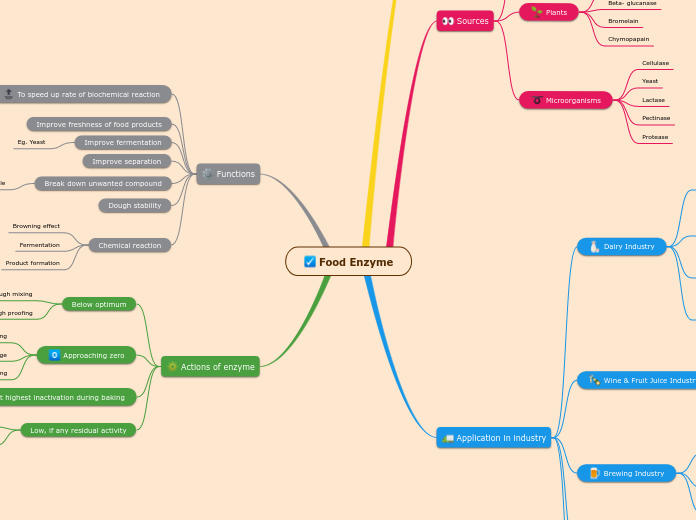によって James Sommer 12か月前.
131
Drug Targets (4)
Various classes of drug targets are explored, each with distinct mechanisms and functions. Enzymes catalyze biochemical reactions integral to cellular processes. Ion channels facilitate the movement of ions across cell membranes, crucial for maintaining cell potential and signaling.









